In today’s digital age, having a printer for home use has become essential for many individuals and families. Whether you need to print out important documents, school assignments, or cherished photographs, having a reliable and efficient printer can make your life much easier.
Table of Contents
However, with the multitude of options available in the market, choosing the right printer for home use can be a daunting task. That’s why we have created this comprehensive home printer buying guide to help you make an informed decision and find the perfect printer that meets your needs and preferences.
Points to Consider When Buying a Printer For Home Use
When embarking on the journey of selecting a printer for your home, there are several important factors to consider. Let’s delve into each of these factors to ensure you make a well-informed decision.
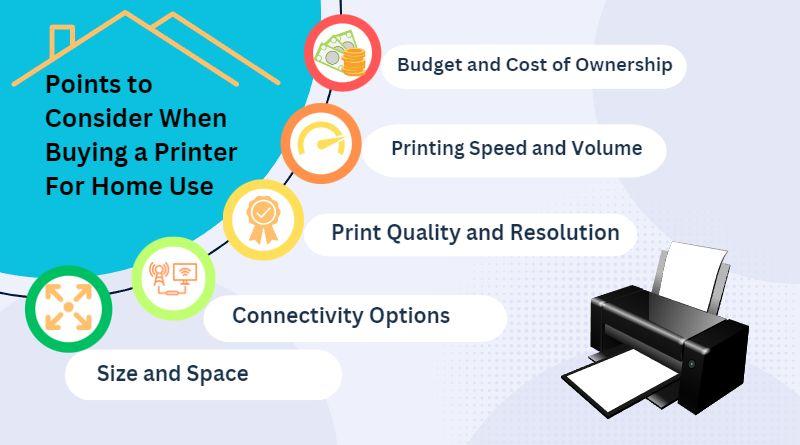
Budget and Cost of Ownership
Determining your budget is the first step in the printer-buying process. Home printers are available across a wide price range, and setting a budget will help narrow down your options.
However, it’s important to remember that the initial cost of the printer is not the only expense you should consider. The cost of ink or toner cartridges, paper, and maintenance should also be taken into account for a comprehensive assessment of the printer’s cost of ownership.
Printing Speed and Volume
The printing speed and volume are crucial considerations, especially if you have high printing requirements. The printing speed is usually measured in pages per minute (PPM), indicating the number of pages a printer can produce in one minute. Additionally, assess your typical printing volume to ensure the printer you choose can handle the workload without compromising on performance.
Print Quality and Resolution
Print quality and resolution determine the level of detail and clarity in your prints. Higher resolutions and advanced printing technologies result in sharper images and vibrant colors. If you frequently print photos or graphics, opting for a printer with high print resolution is essential to achieve professional-quality results.
Connectivity Options
With the advancement of technology, connectivity options play a significant role in the usability of a home printer. The two primary connectivity options are wired and wireless. Wired connections, such as USB or Ethernet, provide a stable and reliable connection, while wireless connections, such as Wi-Fi or Bluetooth, offer the convenience of printing from multiple devices without the need for cables.
Size and Space
Consider the available space in your home when selecting a printer. Printers come in various sizes, and it’s crucial to choose one that fits your available space. Compact printers are ideal for small offices or rooms with limited space, while larger printers may require a dedicated area.
Types of Printers for Home Use
There are three main types of printers suitable for home use: inkjet printers, laser printers, and all-in-one printers. Each kind has its own set of advantages as well as disadvantages. Let’s explore them further.
Inkjet Printers
Inkjet printers are the most prevalent type of printer used at home. They are versatile and can produce high-quality prints for documents, photos, and graphics. Inkjet printers work by propelling droplets of ink onto paper to create images. They are often more affordable than laser printers and are suitable for low to moderate printing volumes.
Laser Printers
Laser printers utilize a toner cartridge and a laser beam to create prints. They are known for their exceptional speed and are more suitable for high-volume printing. Laser printers are ideal for text-heavy documents and offer crisp and precise outputs. However, they tend to be more expensive upfront.
All-in-One Printers
All-in-one printers, also known as multifunction printers, combine the functionality of a printer, scanner, copier, and sometimes a fax machine into a single device. They provide convenience and save space by eliminating the need for separate devices. All-in-one printers are available in both inkjet and laser variants, catering to different printing needs.
Understanding Printer Specifications
To make an informed decision when buying a home printer, it’s essential to understand the various printer specifications. Let’s take a closer look at some of the key specifications and what they mean for your printing experience.
DPI (Dots Per Inch)
Dots per inch (DPI) is a measure of print resolution and refers to the number of ink droplets a printer can place within a square inch of paper.
Greater DPI values result in crisper and more detailed prints. If you prioritize print quality, choosing a printer with a higher DPI is recommended, especially for photo printing.
PPM (Pages Per Minute)
Pages per minute (PPM) indicate the speed at which a printer can produce printed pages. PPM values differ for black and white prints and color prints.
If you frequently print large documents or need quick outputs, opting for a printer with a higher PPM is advantageous.
Connectivity Options: Wired and Wireless
Printer connectivity options determine how you can connect and print from your devices. Wired connections include USB and Ethernet, allowing you to connect directly to your computer or network.
Wireless connections, such as Wi-Fi and Bluetooth, offer the flexibility of printing from multiple devices within range. Consider your preferred method of connection and the devices you intend to print from when evaluating printer connectivity options.
Paper Handling and Tray Capacity
Printers have varying paper handling capacities, which determine the number and types of paper the printer can accommodate.
Standard paper sizes, such as letter or A4, are supported by most printers. However, if you require printing on specialized paper sizes or envelopes, ensure the printer you choose can handle them. Additionally, evaluate the tray capacity to ensure it aligns with your printing needs and frequency of paper refills.
Top Picks for Home Use
Now that we’ve covered the basics, let’s delve into our top picks for the best printers for home use in India. These recommendations are based on thorough research, expert reviews, and user feedback.
Best Inkjet Printer for Home Use
Inkjet printers are a popular choice for home use due to their versatility and affordable pricing.
Let’s explore the advantages and disadvantages of inkjet printers.
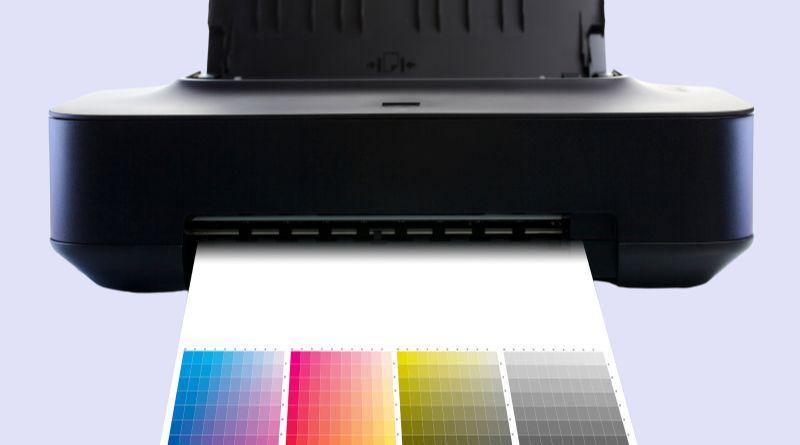
Advantages of Inkjet Printers
High-Quality Prints: Inkjet printers excel in producing vibrant and detailed prints, especially for photos and graphics. They can reproduce colors accurately, resulting in visually appealing outputs.
Affordability: Inkjet printers are generally more affordable than laser printers, making them an attractive option for home users on a budget.
Compact Design: Inkjet printers come in compact sizes, making them suitable for homes with limited space. They are lightweight and easy to move if needed.
Versatility: Inkjet printers can handle a wide range of media types, including different paper sizes, envelopes, and glossy photo papers. This versatility allows users to print various documents and creative projects.
Disadvantages of Inkjet Printers
Slower Printing Speed: Inkjet printers are typically slower compared to laser printers. If you require fast outputs, such as in an office environment, an inkjet printer may not be the most efficient choice.
Cost of Ink Cartridges: While inkjet printers are affordable upfront, the cost of ink cartridges can add up over time. It’s important to consider the ongoing cost of ink when evaluating the total cost of ownership.
Prone to Clogging: If not used regularly, inkjet printers can experience clogging issues, leading to print quality problems. Regular maintenance and usage are necessary to keep the printer in optimal condition.
Best Inkjet Printers for Home Use
Epson Expression Photo XP-8600: This inkjet printer is ideal for photo enthusiasts, offering exceptional print quality and versatility. It supports various paper sizes, has wireless connectivity options, and features a user-friendly LCD screen.
Canon PIXMA E4570: The Canon PIXMA TS9120 is a versatile inkjet printer that delivers high-quality prints for both documents and photos. It offers wireless connectivity, automatic duplex printing, and a compact design suitable for home use. You Can check this printer on Amazon.
HP Deskjet 2331: If you require a printer for both home and office use, the HP OfficeJet Pro 6968 is a reliable choice. It offers fast printing speeds, automatic duplex printing, and wireless connectivity. Additionally, it features an automatic document feeder (ADF) for convenient scanning and copying. You can buy this printer on Amazon.
Best Laser Printers for Home Use
Laser printers are known for their speed and efficiency, making them a suitable choice for home users with high-volume printing requirements. Let’s explore the advantages and disadvantages of laser printers.
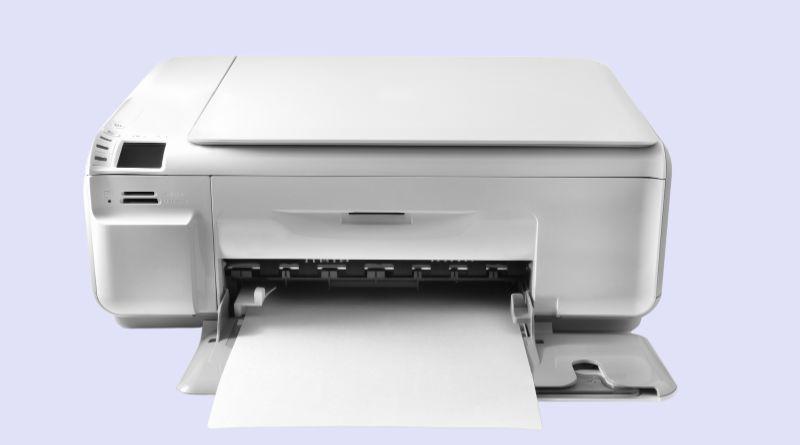
Advantages of Laser Printers
Fast Printing Speed: Laser printers are significantly faster than inkjet printers, making them ideal for large printing volumes. They can produce multiple pages per minute, allowing you to complete printing tasks quickly.
Sharp and Precise Outputs: Laser printers excel in producing sharp and precise text outputs. If you primarily print text-based documents, such as contracts or reports, a laser printer will provide professional-looking prints.
Lower Cost Per Page: Laser printers have a lower cost per page compared to inkjet printers. This cost-efficiency makes laser printers more economical for users with high printing volumes.
Disadvantages of Laser Printers
Higher Initial Cost: Laser printers are generally more expensive upfront compared to inkjet printers. If you have a limited budget, the higher initial investment may be a drawback.
Limited Color Printing: While laser printers can produce grayscale prints, their color printing capabilities are limited. If you frequently print colorful graphics or photos, an inkjet printer may be a better choice.
Size and Weight: Laser printers are often bulkier and heavier than inkjet printers. Ensure you have sufficient space to accommodate the printer’s size and weight.
Best Laser Printers for Home Use
Brother HL-L2390DW: This compact laser printer offers fast printing speeds, wireless connectivity, and automatic duplex printing. It’s suitable for home users who prioritize efficiency and require sharp text prints.
HP Color LaserJet Pro MFP M281fdw: If you need a laser printer that can handle color printing, the HP Color LaserJet Pro MFP M281fdw is an excellent choice. It offers high-quality color prints, wireless connectivity, and multifunction capabilities, including scanning and copying.
Canon imageCLASS MF445dw: The Canon imageCLASS MF445dw is a versatile laser printer designed for home and small office use. It features fast printing speeds, wireless connectivity, and an intuitive touchscreen interface.
All-in-One Printers for Home Use
All-in-one printer, also known as multifunction printer, combine the functionality of a printer, scanner, copier, and sometimes a fax machine in a single device. Let’s explore the advantages and disadvantages of all-in-one printer.
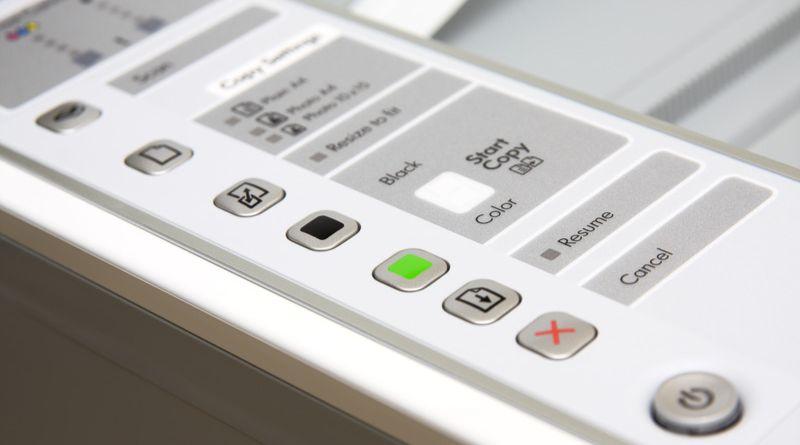
Advantages of All-in-One Printers
Space-Saving: All-in-one printers eliminate the need for separate devices, saving space in your home. If you have limited space or prefer a clutter-free environment, an all-in-one printer is a convenient choice.
Cost Efficiency: Investing in a single device that serves multiple purposes can be cost-effective compared to purchasing separate devices for printing, scanning, and copying.
Versatility: All-in-one printers offer versatility by providing printing, scanning, and copying functionalities. This versatility allows you to tackle a variety of tasks without the need for multiple devices.
Disadvantages of All-in-One Printers
Potential Single Point of Failure: Since all-in-one printers combine multiple functions in one device, a malfunction in one component may render the entire device unusable. Consider the reliability and warranty coverage when purchasing an all-in-one printer.
Compromised Specialized Functionality: While all-in-one printers offer convenience, they may not provide the same level of performance and features as dedicated devices. For specialized tasks, such as high-resolution scanning or professional-grade photo printing, dedicated devices may be more suitable.
Best All-in-One Printer for Home Use
Epson WorkForce Pro WF-3720: This all-in-one inkjet printer offers fast printing speeds, wireless connectivity, and automatic duplex printing. It features an intuitive LCD screen and supports various paper sizes, making it suitable for home users with diverse printing needs.
Canon PIXMA TR8620: The Canon PIXMA TR8620 is a versatile all-in-one inkjet printer that delivers high-quality prints, scans, and copies. It offers wireless connectivity, automatic duplex printing, and a compact design suitable for home use.
Brother MFC-L2750DW: If you prefer a laser all-in-one printer, the Brother MFC-L2750DW is an excellent choice. It provides fast printing speeds, wireless connectivity, automatic duplex printing, and advanced scanning and copying capabilities.
Conclusion
Selecting the right printer for your home requires careful consideration of your printing needs, budget, and desired features. Understanding the different types of printers, key features, and conducting thorough research will empower you to make an informed decision. By following this home printer buying guide, you can find a printer that meets your requirements and enhances your printing experience.
FAQs
What types of printers are suitable for home use?
There are several types of printers suitable for home use, including inkjet printers, laser printers, and all-in-one printers (which can also scan, copy, and sometimes fax). The choice depends on your printing needs and preferences.
Can I use third-party ink or toner cartridges with my printer?
While some printers support third-party cartridges, it’s recommended to use genuine ink or toner cartridges provided by the printer manufacturer. Third-party cartridges may not offer the same print quality or reliability.
What is the difference between a printer's duty cycle and print volume?
A printer’s duty cycle indicates the maximum number of pages it can handle per month without causing excessive wear. Print volume refers to the number of pages you typically print in a given month.
What features should I look for in a printer?
When choosing a printer, consider the following features:
Print Speed: Look for a printer that offers sufficient speed for your printing needs, especially if you often print large documents or have tight deadlines.
Print Quality: Consider the printer’s print resolution, measured in DPI, to ensure it meets your desired level of sharpness and detail.
Connectivity Options: Check for multiple connectivity options like USB, Wi-Fi, or Bluetooth, depending on how you prefer to connect and print from your devices.
Paper Handling: Evaluate the printer’s paper handling capabilities, such as supporting different paper sizes, duplex printing, and having adequate paper input and output trays.
Operating Costs: Consider the cost of ink or toner cartridges, as well as the printer’s efficiency in terms of ink or toner usage, to estimate ongoing operating expenses.
Ease of Use: Look for a printer with a user-friendly interface, easy setup process, and intuitive control panel or software.
Reliability and Support: Research the brand’s reputation for reliability and customer support to ensure a positive ownership experience.
What is the difference between inkjet and laser printers?
Inkjet printers use liquid ink to create images on paper and are great for color printing and photo quality. Laser printers use toner and are better suited for high-volume text printing with sharp and crisp results.
How often do I need to replace ink or toner cartridges?
The frequency of cartridge replacement depends on your printing volume. Inkjet cartridges may need to be replaced more often, especially if you print color images. Laser toner cartridges generally last longer, making them suitable for heavier printing.
Why does my printer sometimes have connectivity issues?
Connectivity issues could be due to network problems, outdated drivers, or interference. Ensure your printer’s firmware and drivers are up to date, and check your network settings to troubleshoot connectivity problems.
Can I print in black and white if my color ink/toner runs out?
Some printers may require all cartridges to have ink/toner, even for black-and-white printing. Check your printer’s settings to see if it allows black-and-white printing when color supplies are low.

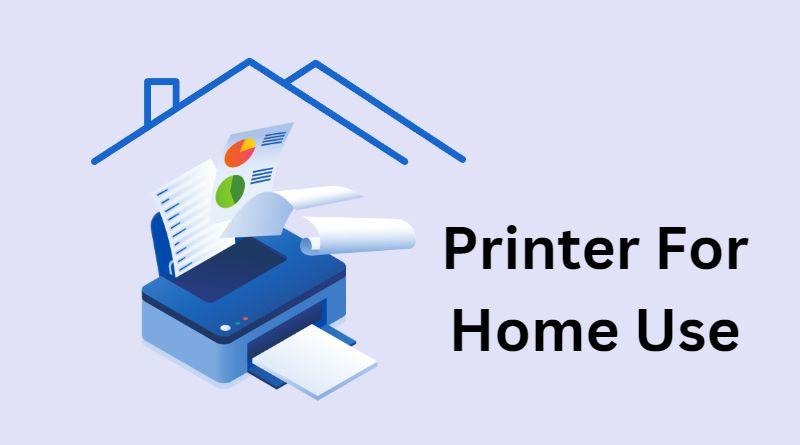




2 thoughts on “Best Printer for Home Use in India: A Comprehensive Buying Guide”
Pingback: Which Printer is Best for Low Maintenance: A Comprehensive Guide - Tinytech Things
Pingback: Canon Printer Ink: Ensuring High-Quality Prints Every Time - Tinytech Things